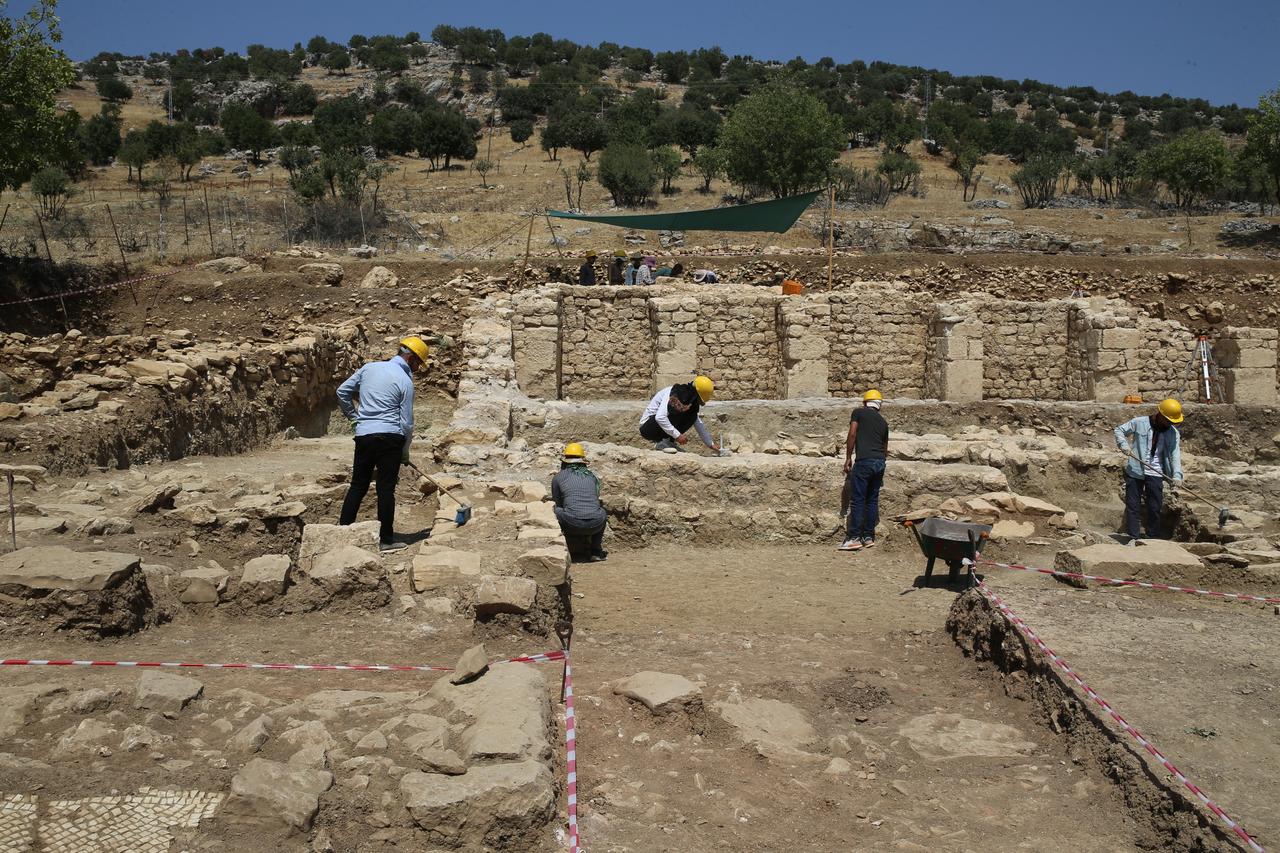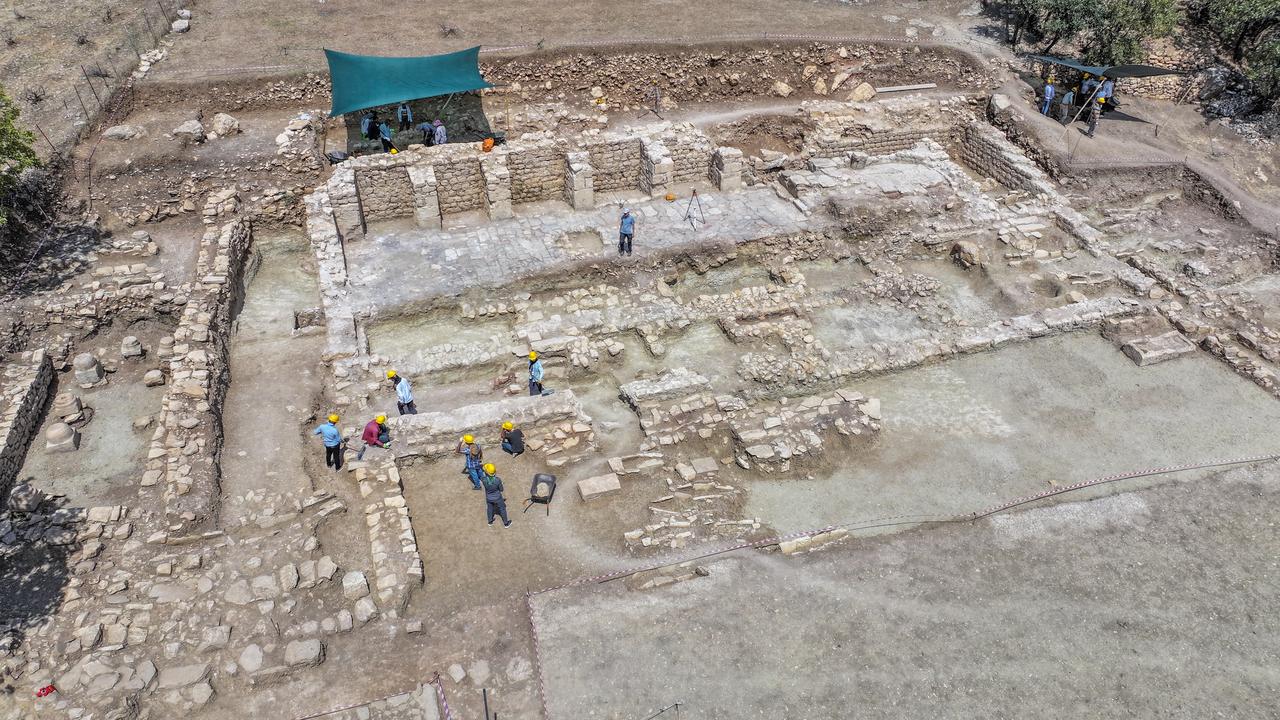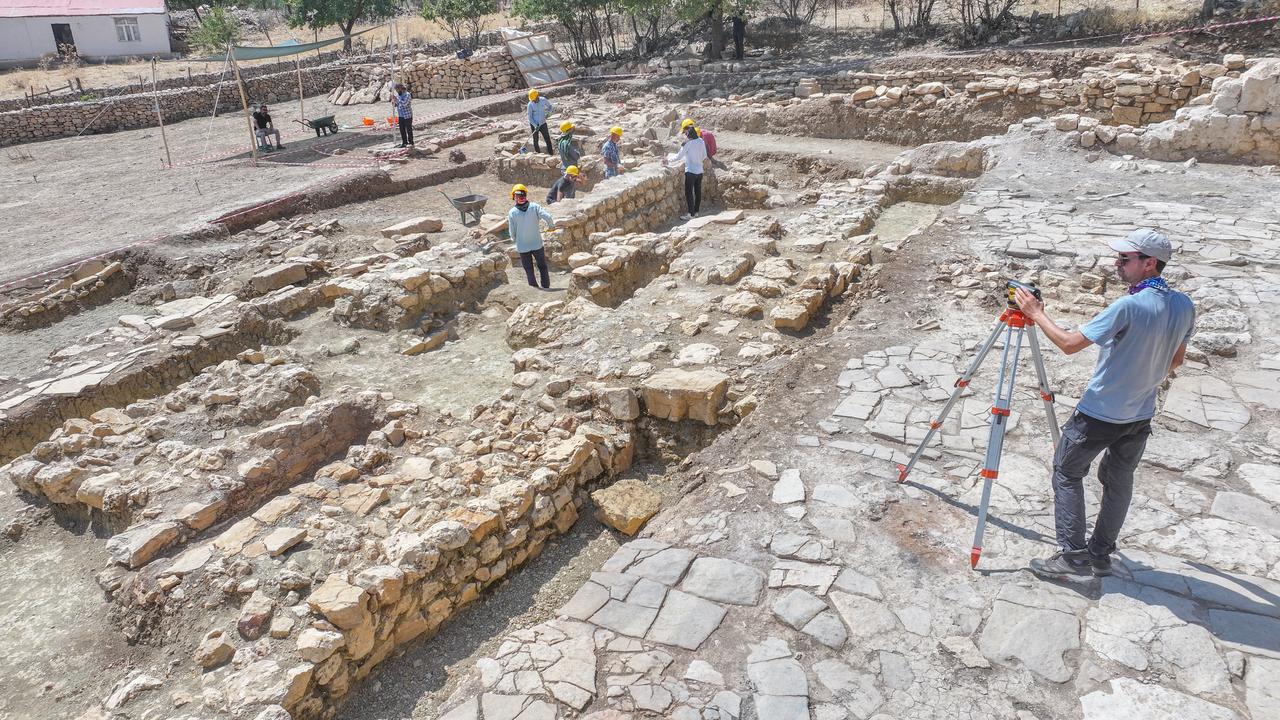
Archaeological excavations in Türkiye’s southeastern province of Diyarbakir have uncovered new evidence that shifts the history of a centuries-old church and the settlement around it.
Researchers working at the site in the Kulp district have so far identified 124 burials and unearthed artifacts that date the church nearly two centuries earlier than once believed.
The work started in 2021 after a bronze cross was found during surface surveys in Inkaya, a rural neighborhood in Kulp.
This discovery prompted the Diyarbakir Museum Directorate to launch full excavations with a team of archaeologists, specialists, and local workers.
Despite the intense summer heat, the team has continued to explore the remains of a church structure first revealed in 2022.

Initially, the church was thought to belong to the early Byzantine period because of a coin linked to Emperor Anastasius I, who reigned between 491 and 518.
However, another coin discovered on the site, this time minted during the rule of Roman Emperor Constantius II between 337 and 361, has pushed the building’s origins back to the 4th century.
According to the excavation team, this means the church is not about 1,500 years old, but closer to 1,700.
As excavation director Mujdat Gizligol explained, the dating could be revised further: “With the new find, we believe this church is around 1,700 years old. As work continues, the date may move even further back.”

Archaeologists have so far documented 124 graves within the church ruins, containing the remains of about 170 individuals.
The burials include infants, children, women and men, some placed in stone coffins, others in simpler pits.
One highly damaged sarcophagus has also been identified. Researchers believe that after the church fell into disuse, it was repurposed as a cemetery.
The team has catalogued 30 artifacts suitable for museum display and about 100 other study items.
Among them are oil lamps, columns, and even a starfish fossil.
These finds are considered significant not only for dating the church but also for understanding daily life and religious practices in the settlement.
The discoveries are reshaping the historical understanding of the region.
Gizligol noted that the presence of such an early Christian structure indicates Roman and later Byzantine expansion east of the Euphrates River.
He emphasized that the finds show “the empire’s presence across the river, where it stayed for many years and established a developed civilization.”
This season’s excavations have revealed much of the church’s plan, with teams now focusing on exposing the surrounding walls and foundations.
The aim is to fully uncover the structure, offering a clearer picture of one of the earliest Christian communities in southeastern Türkiye.